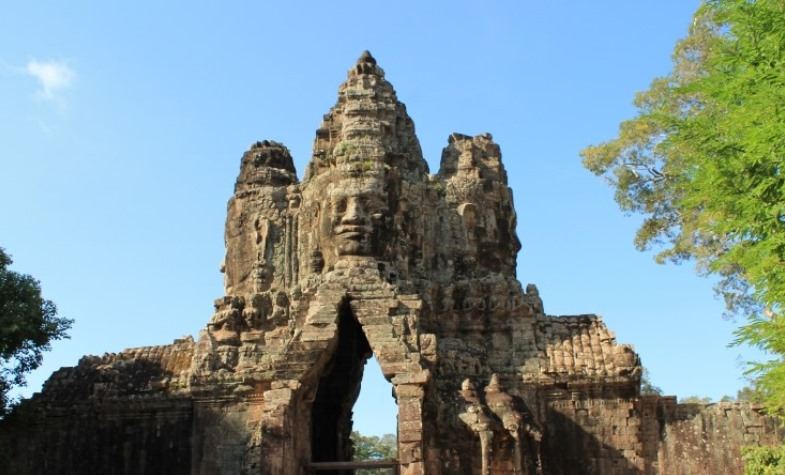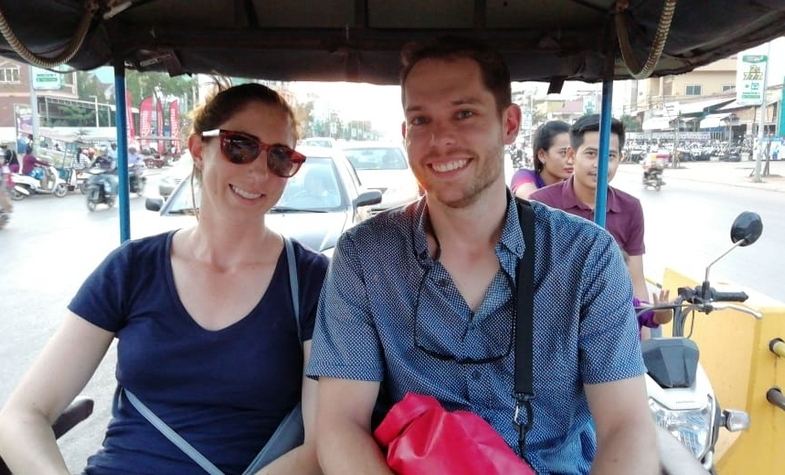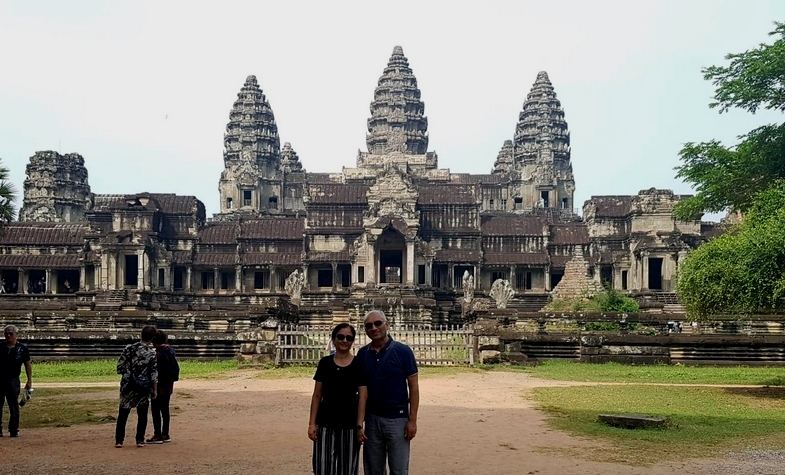Delve into a comprehensive guide tailored for travelers eager to traverse the borders from Vietnam to Cambodia. Embark on a captivating journey through the rich cultural and historical tapestry of Southeast Asia by exploring the neighboring countries of Cambodia and Vietnam. This article is your key to navigating the common checkpoints, understanding entry requirements, exploring transportation options, and gaining valuable tips for a seamless transition. Discover the dos and don'ts in both countries as you embark on this fascinating cross-border adventure.
Common border checkpoints

There are several border checkpoints to travel from Vietnam to Cambodia, each with its own unique charm and logistical considerations. The most popular checkpoints include:
-
Ba Ray, Vietnam - Poipet, Cambodia: This land border is located in the Mekong Delta region and is the most direct route between Ho Chi Minh City and Siem Reap.
-
Moc Bai, Vietnam - Bavet, Cambodia: This land border is located further north and is a popular option for travelers who are heading to Phnom Penh.
-
Chau Doc, Vietnam - Chau Doc, Cambodia: This river border is located in the Mekong Delta region and offers a scenic journey by boat.
Entry requirements and visa information
Citizens of most countries can obtain a visa on arrival in Cambodia for a fee of $30. Visas are valid for 30 days and can be extended for an additional 30 days at a cost of $5. Citizens of Vietnam do not need a visa to enter Cambodia.
Transportation options

There are several transportation options available for crossing the border between Vietnam and Cambodia. The most popular options include:
-
Bus: Buses are the most affordable option and offer a comfortable and convenient journey.
-
Taxi: Taxis are a more expensive option, but they can be a good choice for travelers who are traveling with a group or who have a lot of luggage.
-
Private car: Hiring a private car is a convenient option for travelers who want to have more control over their journey.
Tips for a smooth transition
Here are a few tips to help you make the most of your border crossing experience:
-
Be prepared with the necessary documentation: Make sure you have your passport, visa, and any other required documentation.
-
Be patient: Border crossings can be busy and time-consuming, so be prepared to wait.
-
Be respectful of local customs: Be aware of local customs and dress appropriately.
Dos and don'ts in both Vietnam and Cambodia
Here are a few dos and don'ts to keep in mind when traveling in Vietnam and Cambodia:
Vietnam
Cambodia
-
Do: Respect the Cambodian flag and national symbols.
-
Don't: Touch people on the head.
-
Do: Be aware of the dangers of landmines.
Beyond the border

Once you've crossed the border, you'll be ready to explore all that Cambodia has to offer. Here are a few highlights:
-
Angkor Wat: This UNESCO World Heritage Site is one of the most iconic temples in the world.
-
Phnom Penh: The capital of Cambodia, Phnom Penh is a vibrant city with a rich history.
-
Siem Reap: The gateway to Angkor Wat, Siem Reap is a popular tourist destination with a variety of hotels, restaurants, and activities.
With careful planning and preparation, you can make your journey from Vietnam to Cambodia a smooth and enjoyable experience. By following the tips and advice in this article, you'll be well on your way to discovering the wonders of these two neighboring countries.
Our tours you may like:
***
Travel Authentic Asia Company is your best choice for discovering the beauty of Southeast Asia. Our experienced and knowledgeable travel advisors are committed to helping you create a tailor-made tour and extraordinary experiences in this majestic region.
If you're looking for an authentic cultural experience, do not hesitate to contact Travel Authentic Asia to choose a Vietnam tour, Southeast Asia tour package or to customize your own style tour to South East Asia.
 Travel Authentic Asia Homepage
Travel Authentic Asia Homepage